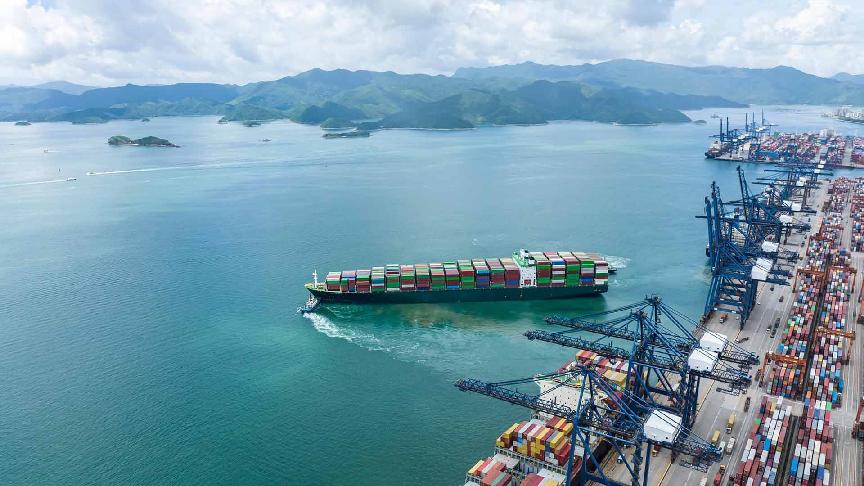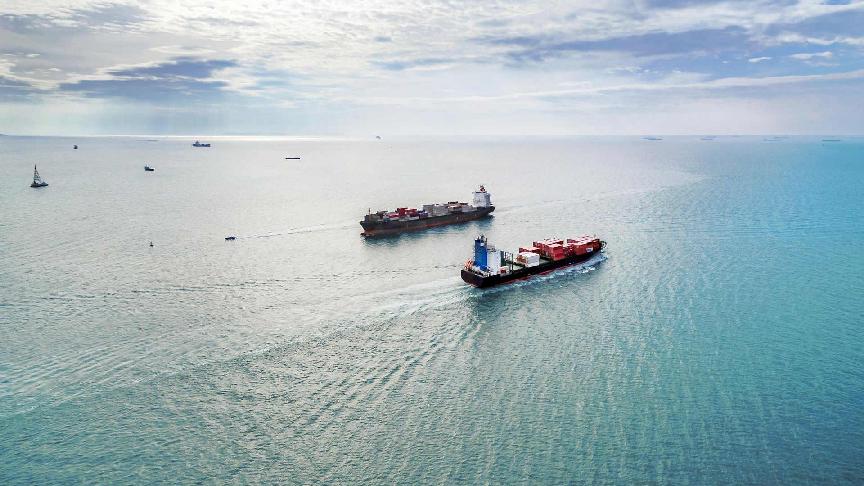29 February 2024 (Lloyd's List) - THE Red Sea crisis has struck a blow to Greece’s port of Piraeus, causing a dent in large containership calls and disrupting its standing as a prominent transhipment hub in Mediterranean region.
According to data from Lloyd’s List Intelligence, calls from megaships of 10,000 teu and above at the port have more than halved in recent weeks compared with the period before mid-December, when carriers started to massively divert around Africa following the Houthi escalation of attacks on merchant shipping.
The weekly number of such calls had held steady at between eight to 10 before the week of December 11, and then dropped to three to five.
The decline is even more stark when counting only the ultra-large containerships of 18,000 teu and above.
Meanwhile, Piraeus has experienced a noticeable uptick in calls from smaller feeder ships under 3,000 teu compared with the pre-crisis period.
Behind these shifts, which highlights service reconfigurations happening at the Greek port, is the Houthis’ de facto blockade of the Bab el Mandab strait, which has stopped almost all big Asia-Europe boxships from accessing the key international trade passage, with only a few exceptions.
Piraeus, owing to its strategic location and the backing of its main operator Cosco Shipping’s fleet, was the preeminent Eastern Mediterranean hub for transhipment, the volume of which accounts for more than 70% of the port’s box handlings. As such, it is much more vulnerable to disruption compared with gateway cargoes.
With fleets now heading north along Africa’s west coast to reach Europe, the port’s attractiveness and viability has weakened.
“We are seeing a drop in traffic but not on a scale that is causing panic,” said a spokesperson from Piraeus Port Authority, which is 67% owned by Cosco Shipping.
“Of course, we are all holding our breath to see how long this situation is going to last.”
Container throughput at Piraeus Container Terminal, consisting Pier II and Pier III, in January was down 12.7% year-over-year, according to its operator Cosco Shipping Ports. Volumes at the PPA-controlled Pier I dipped 8%.
While the effect on vessel calls from longer sailing distances owing to the diversions cannot be ignored, it can hardly mask the service adjustment prompted by changes in trade flows.
Lloyd’s List Intelligence vessel-tracking data indicates two other Mediterranean hubs located near the Strait of Gibraltar — Morocco’s Tanger Med and Spain’s Algeciras — have been far more insulated from the impact.
Calls from large boxships at the two ports experienced pronounced drops in the two weeks after December 18, likely owing in large part to schedule delays, but traffic subsequently rebounded close to pre-crisis levels. Tanger Med has even seen increased such calls when also factoring in longer haul and seasonal factors.
What is more, another key European container port, Hamburg, has also seen megaship calls return close to previous levels in recent weeks, indicating the Red Sea risks has had only a relatively small effect on services headed for northern Europe.
When the shipping disruption caused by the Houthis will cease remains uncertain. The Iran-backed militia claims its attacks on merchant vessels are in retaliation for Israeli military actions in Gaza.
US President Joe Biden earlier this week voiced hopes that a new ceasefire deal could be reached in the conflict by next Monday. But officials from Israel, Hamas and Qatar have cautioned against such optimism.







